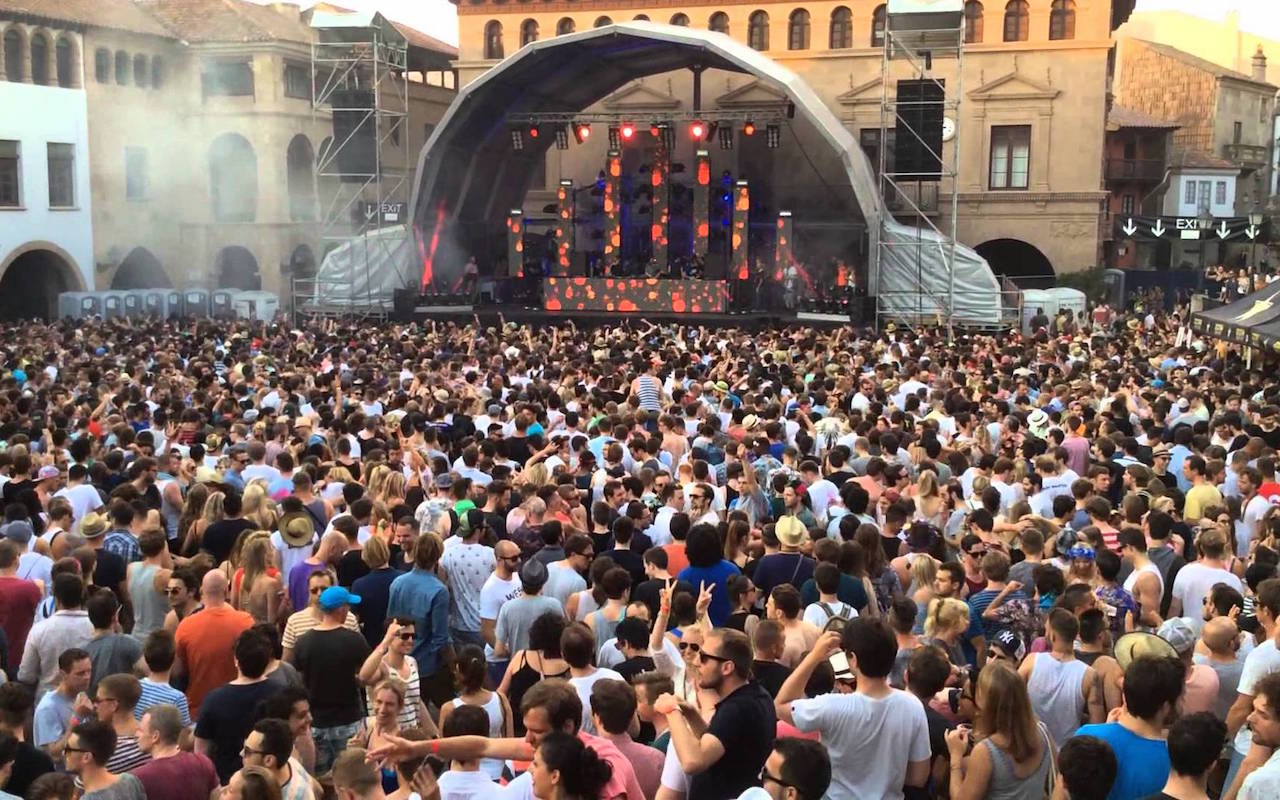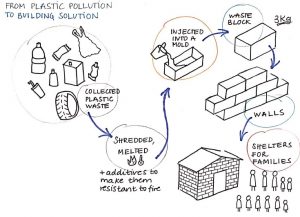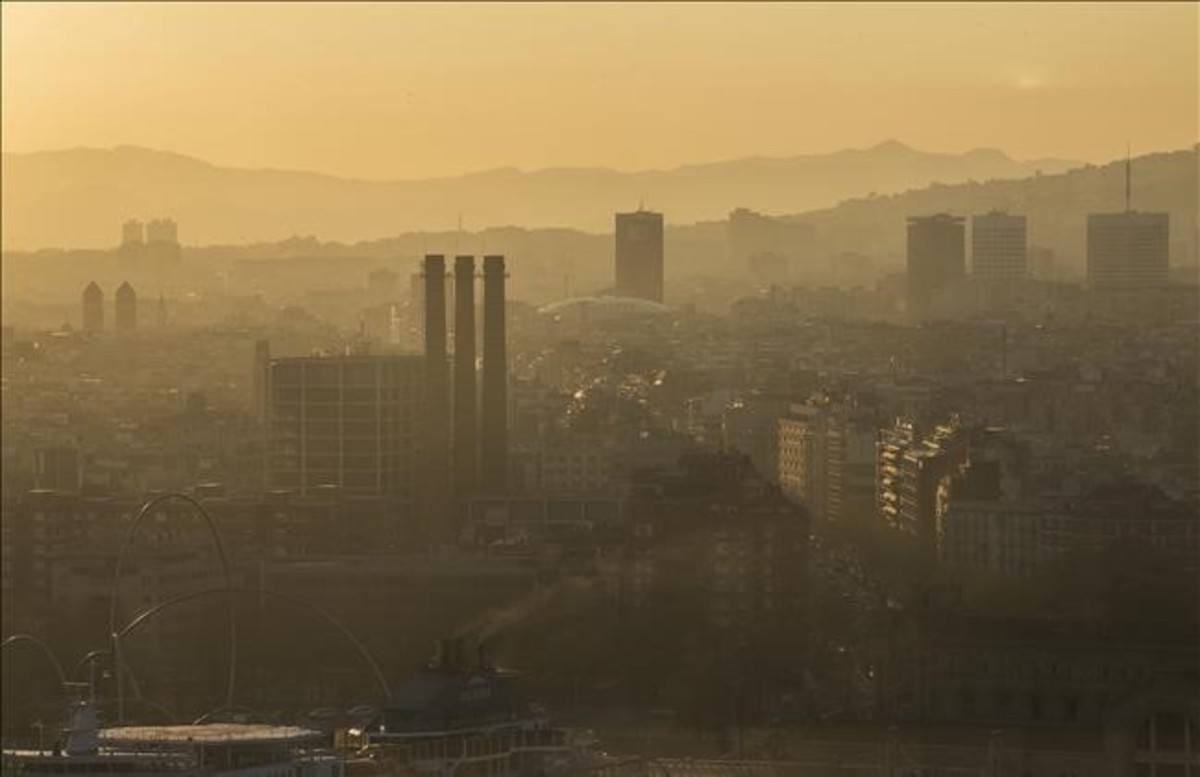Brunch in the Park is one of the top parties in Barcelona. It takes place every Sunday of the year in the Mountain of Montjuïc, in Barcelona. The party starts at midday and finishes at midnight.


Why am I talking about a party? This is supposed to be a course blog, talking of real sustainable initiatives, not about getting drunk and dancing!
Bruch in the Park has created an initiative to reduce the amount of waste that can be found in the Moutain of Montjuïc. For all those volunteers who want to collect plastics and waste from the mountain, Bruch in the Park rewards them with 5 entrances to all the events organized by the institution: Brunch in the Park, Brunch in the City, Hivernacle Pop Up.
The initiative started 5 years ago and it has been gaining popularity which is reflected in the reduction of trash in the mountain. The party not only is leisure now but being aware of the environment.
So you know, if you come to Barcelona and want to experience one of the best parties in the city and want to save the price of the entrance, which is 20€ ($30) contact the organizers and get ready to party!
For more information visit the following site:
https://noticierouniversal.com/actualidad/brunch-in-the-park-barcelona-ofrece-entradas-gratis-a-cambio-de-limpiar-la-basura-de-montjuic/






